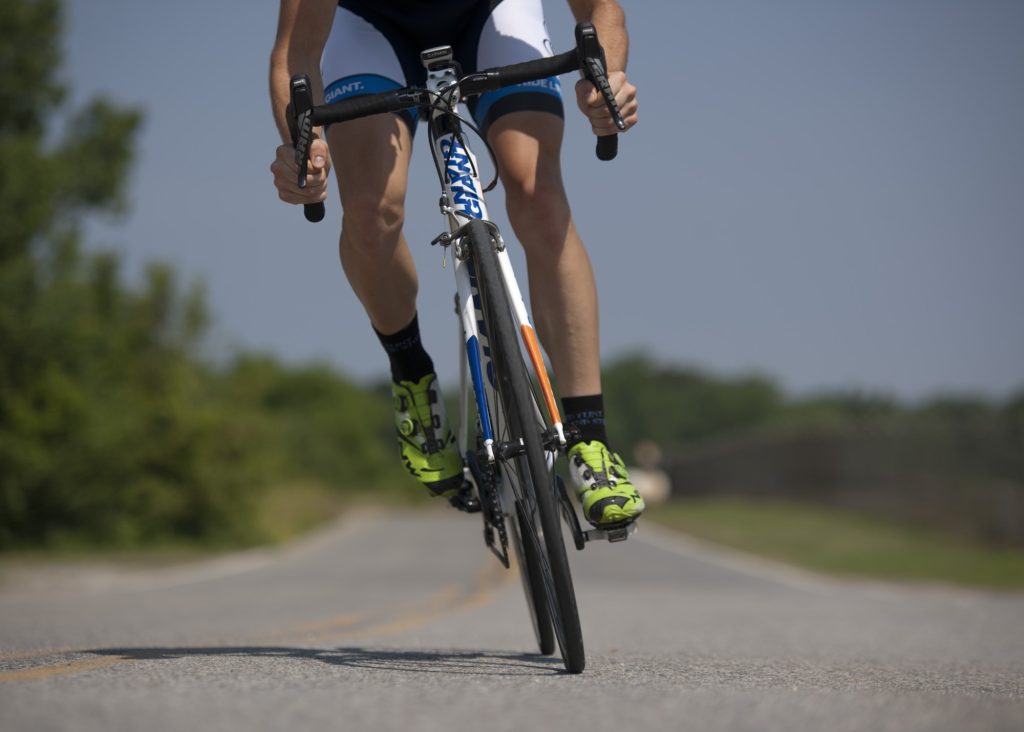Around 52 million Americans ride their bikes regularly. If you’re one of them, you know the worry involved in taking your bike out onto the road. But you can’t let your mind get the best of you, even if many bicycle road signs are similar to signs for motor vehicles.
If you want to avoid danger on the road, you need to keep your wits about you. To get your mind prepped, we are offering our top bicycle road sign guide. You’ll be riding safely in no time!
Know Your Bicycle Road Signs
Once you’ve familiarized yourself with bicycle accident laws, it’s important to learn the different bicycle road signs. Luckily, when you cover the basics, you’re sorted. Here are the main ones to know.
Bike Lane
The most popular one is the bicycle lane sign. These are designated for bicycles, so cyclists needn’t worry about dodging traffic. You’ll notice this lane by the symbol of a bike with an arrow pointing overhead and the smaller lane.
But it’s important to note, this doesn’t mean you’re limited to this area. For instance, if your route takes you on a busier road, then take that instead.
Sharrow or Shared Line
You may be surprised by the term “sharrow”, but it’s a mix of “shared” and “arrow”. Note, the name means that it’s shared by both cyclists and motorists.
These arrows point to the direction that you can cycle and encourage you to keep a safe distance from vehicles. Also, these signs are often in green to emphasize that cyclists can use the lane too.
Dashed Bicycle Lane
While you brush up on cycling rules, take note of dashed bicycle lanes. This means that vehicles can swap to another lane for a quick turn. But take extra caution because it can be used by motorists too.
Green Bike Lane
Another popular road sign is for green bike lanes. Unlike regular bike lanes, these highlight a specific area where motorists can cross or turn. Because of this, be mindful when crossing to prevent any bike accidents.
Advisory Lane
You’ll notice that an advisory lane is coming up by the solid white line on the lift, paired with a dotted one on the right. These are common on smaller roads with less traffic. On these lanes, cyclists have the right-of-way, so motorists must stay in the middle when using them.
Bike Boulevard
The bike boulevard sign means that cyclists get priority. When you see this, you must yield to whoever has the right of way, whether it’s a vehicle or a pedestrian. Because of this, be mindful of your surroundings to prevent any issues.
Restriction of Bike Traffic Signs
Restriction bicycle signs are distinctive because it features a red circle with a bicycle in the middle. This is a great example of how red signs mean that something is prohibited. In most cases, this affects cyclists or motorists.
Bicycles Stay Left Line
You should also familiarize yourself with the “keep left” sign. As you can see, the bicycle symbol is on the left while the pedestrian icon is on the right. Thanks to this road sign, both parties can enjoy a shared lane with zero hassle.
Bicycle Routes
When you’re on a quiet road, you’ll likely see a bicycle route sign. A useful tip to know is that green signs indicate a suggested route, while a yellow sign means that it’s shared with motorists. And if the road sign is round and blue, only cyclists are allowed in the lane.
Bike Parking
Not sure where to park? Then, look out for a rectangular white sign that says “parking”. There’s also a handy arrow to give you further directions.
Yield to Pedestrians
This sign tells cyclists to give way to pedestrians. You’ll often find these in populated areas. Or, in some cases, large intersections.
Bicycle Lane Ends
Another must-know sign indicates that a bicycle lane is ending. Regardless of when you’re cycling, take note, and slow down when you notice it. If not, you could barrel into traffic, which puts you and others at risk.
Slippery When Wet
It’s a no-brainer that you must take extra precautions in rough weather. Caution signs are often in yellow and warn cyclists that the upcoming roadway is slippery. Because of this, one of the top bike safety tips is to go at a lower speed and plan their trip accordingly.
No Cyclists
Like motorists, there are specific areas where cyclists can go. These are mostly found on freeways or busy roads filled with motorists. Another reason for “no cyclists” signs is if there’s a special event and it’s been cordoned off, such as a marathon.
Learn the Different Bike Signals
A crucial element of bike safety is understanding hand signals. The most common one is indicating by sticking your arm out. For instance, if you’re turning left, then use that arm to inform those behind you.
You should also learn the stopping signal where you lower your left arm down while your open palm faces backward. Make sure you give motorists plenty of time because if you abruptly stop, it could cause an accident.
But if you get into any trouble, contact a lawyer for further details. If you’re not sure where to start, click the link to check it out.
Our Guide to Bicycle Road Signs
Now that you know the different bicycle road signs, it’s time to hit the road.
There are many essential road signs to learn, such as understanding what a bike lane is and when to yield to pedestrians. Cyclists should also know when the upcoming road is slippery and the basic hand signals. Good luck!
If you want more informative content, check out the rest of our blog.

